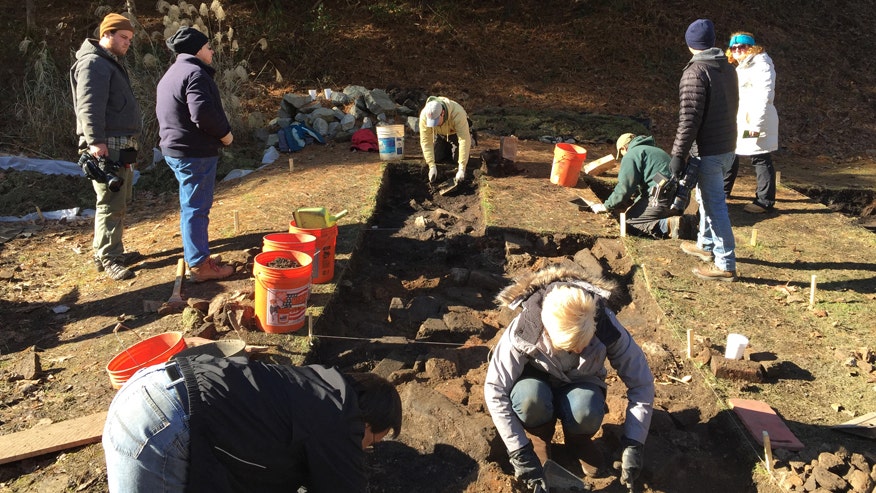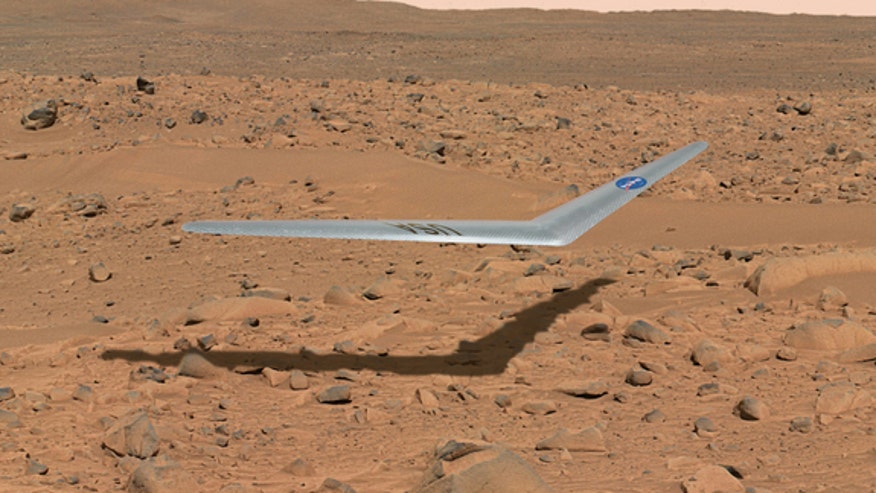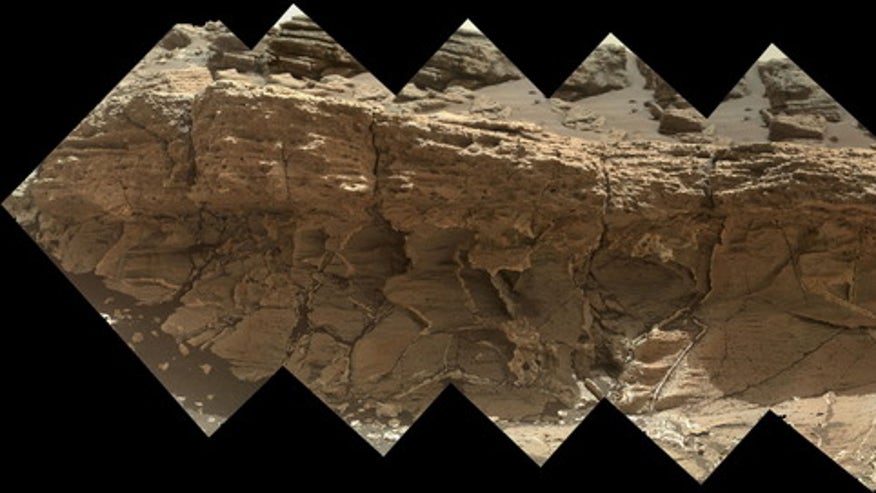Ever since Beats headphones became a cultural icon, nearly every company on the planet has tried to capitalize on the trend by introducing their own headphones or earbuds. Consequently, distinguishing one brand from another can be nearly impossible.
Nevertheless, three recent models I've been auditioning from Torque, Plantronics, and Motorola have managed to stand out from the crowd by offering unique features and designs.
Torque t402v, $400
Music sources are more varied today than ever, from full-fledged high-res tracks to thin streaming music. Your headphones can significantly affect how these sources sound from too high-pitched to too much booming bass. To compensate — and appeal to different musical tastes — Torque's t402v headphones can be adjusted using built-in filters.
In the past, other headphones have tried the tuning technique, but Torque's design is simpler and subtler. The earpads are magnetic, so they can be removed and turned to four different positions representing different bass tunings. Inside the earpads, the filters are color coded. Yellow delivers the most punch, black the least. You also have the option of using smaller on-ear pads or larger over-the-ear pads.
Like most serious headphones, the Torque t402v's wrap the listener in sound. I preferred the over-the-ear pads and found the headphones delivered excellent separation of instruments, as well as plenty of tight bass, no matter which filter I chose. The difference is not as dramatic as you switch between settings, but it is noticeable. Yellow makes the bass notes the roundest bringing instruments like the bass guitar to the forefront. Drums are tighter with the black setting.
Some may find that the different filters are more appropriate for different music. Stan Getz is better with less bass, while Moon Martin is better with more. I also found that the mellow yellow setting tended to take some of the rough edges off of streaming music services like Pandora and Spotify.
Plantronics Backbeat Sense, $180
Whereas the Torque headphones felt heavy on my head at times, the Plantronics Backbeat Sense headphones are so light as to be almost effervescent. They also have some extra tricks of their own.
To begin with, the Backbeat Sense headphones can be used wired or wirelessly (via Bluetooth). Without a cable, they're rated for up to 18 hours of playing time. Music over the Plantronics headphones is spritely without ignoring the mid-range keyboards of pop tunes. The Backbeats couldn't match the total immersive sonic sensation of the Torque headphones, but they were certainly respectable. Moreover, even though I'm not a fan of on-ear pads, I quickly grew used to the Backbeats.
In addition to comfort, my favorite feature of the Backbeat Sense headphones is the automatic pause. If, say, a flight attendant should offer you coffee or tea, sliding the headphones down around your neck automatically pauses the music. After you've placed your order and pop the headphones back on, the music starts ups again. Not only is it polite, it helps preserve an already impressive battery life.























